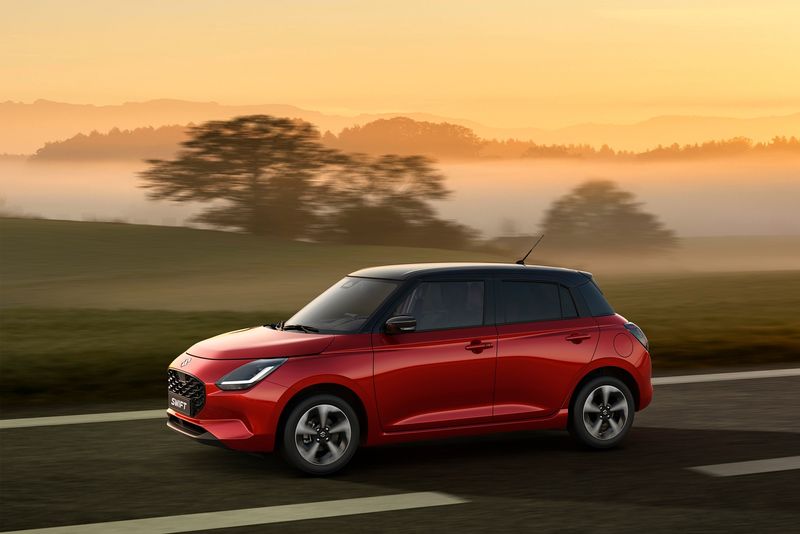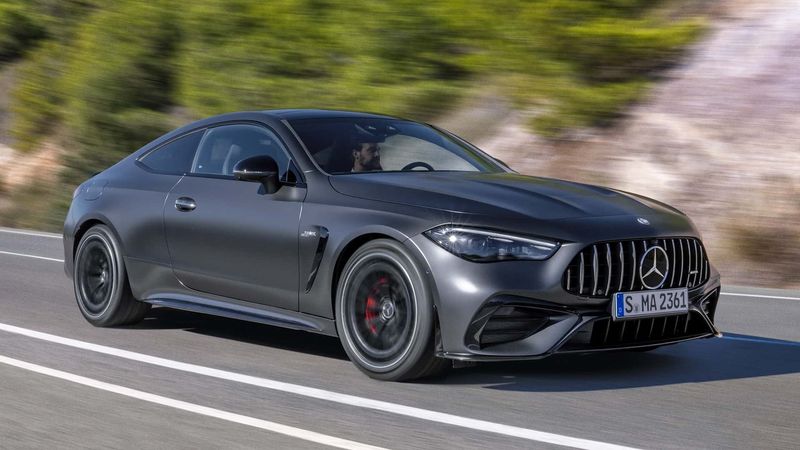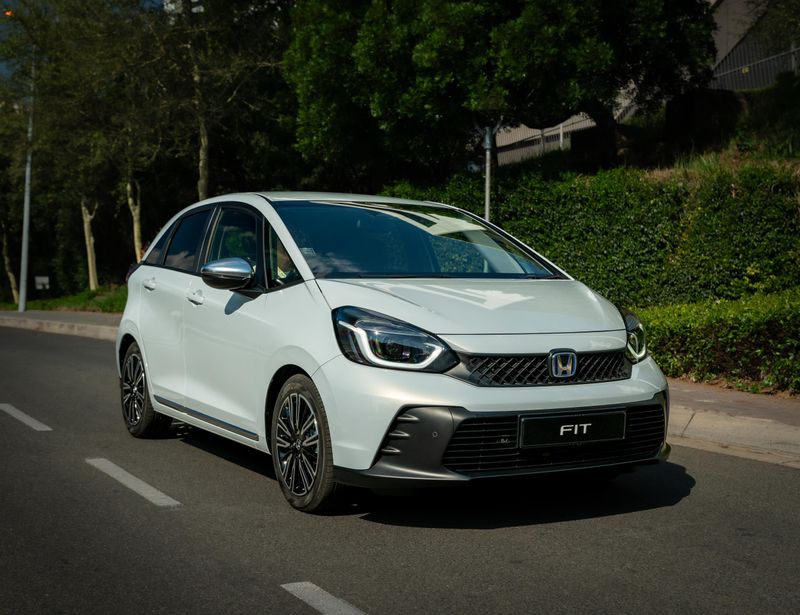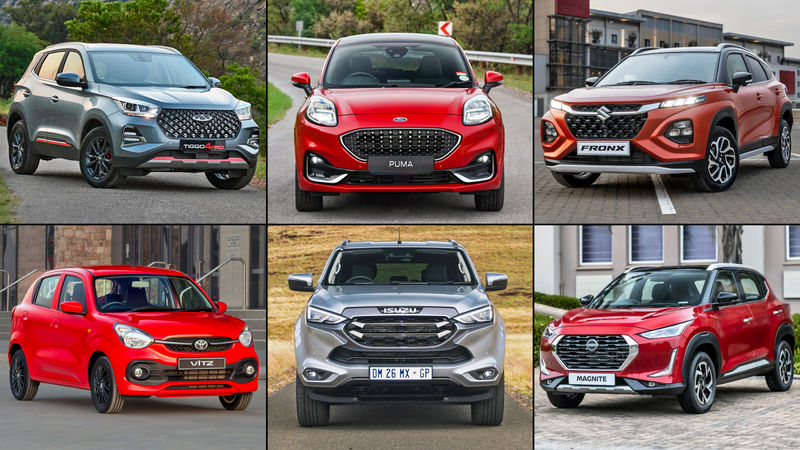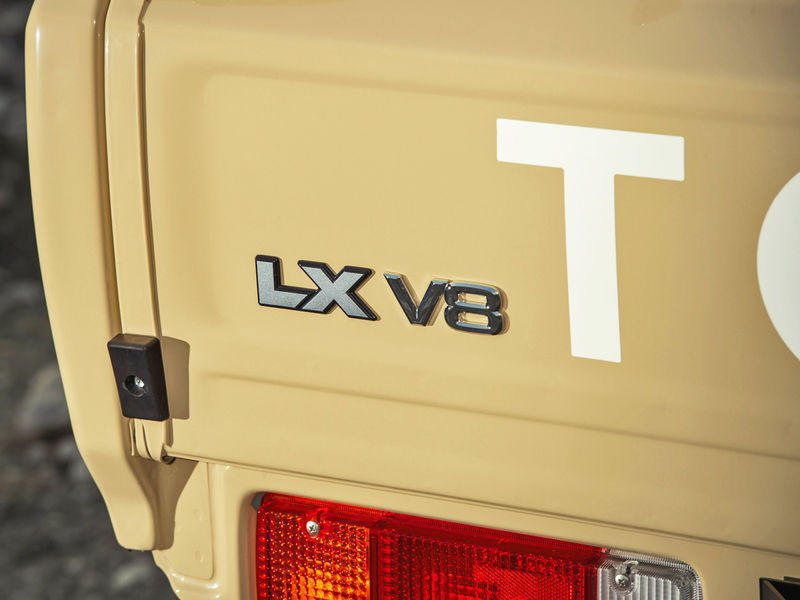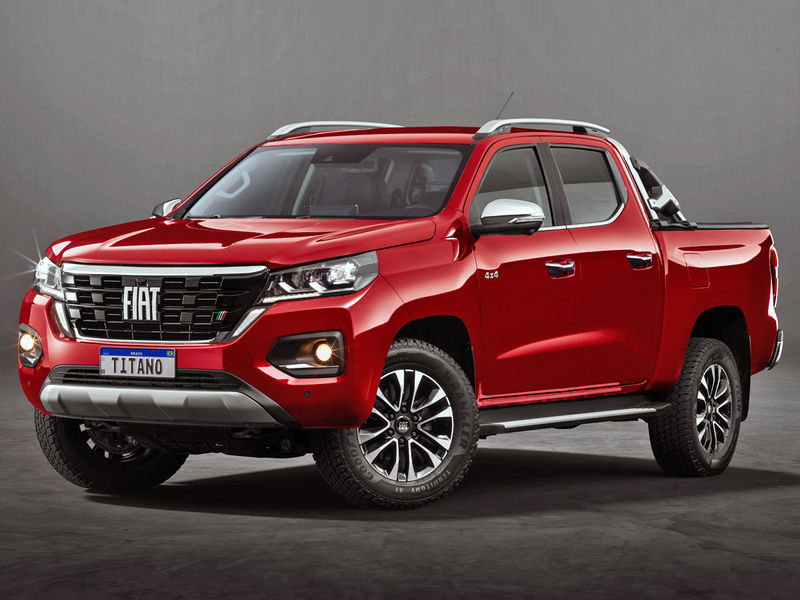







After successfully evolving its i30 hatchback to a true Golf R rival in the form of i30N, Hyundai’s second N-Line vehicle has been revealed to be an SUV.
The hotter Tucson features re-sculptured bumpers front and rear, a dark mesh front grille contrasted by chrome surrounds, gloss finish wing mirrors and rear spoiler, darkened side window frame surrounds and an N-Line specific LED illumination pattern for its head- and taillights. Further differentiating the N-Line version from other Tucsons are 19-inch wheels.
Inside the Tucson N-Line there is red contrast stitching holding the combination suede/leather seats together. The scarlet stitch work is also present on its steering wheel and shifter handle, whilst in the footwell you’ll find aluminium pedals.
Mechanically the N-Line Tucson isn’t quite as wild as Hyundai’s i30N. Three engine options have been confirmed, one petrol and two diesels – all turbocharged. The sole petrol engine is a 1.6-litre GDi boasting 136 kW.
Hyundai’s Tucson N-line diesels are a touch more interesting, all featuring mild hybridisation technology, which is quickly becoming a standard feature on new generation vehicles featuring48-volt onboard electric architecture. A relatively small 0.44 kWh battery feeds off an integrated starter motor/generator unit, with the aim being improved consumption instead of additional performance.
The 2 mild hybrid assistance engines are Tucson’s 136 kW 2.0-litre diesel, and its smaller compression ignition sibling, the 100 kW 1.6-litre. Hyundai claims that the mild hybrid technology assisting these diesels will reduce fuel consumption by 11%.
If you are seeking the technical justification for these N-Line Tucsons, those details are to be found in the suspension and steering specification. Hyundai has reprogrammed the electrically assisted power steering to provide a more linear feel, instead of the over-assisted feedback which afflicts many Korean vehicles.
Beyond the more tactile steering, N-Line engineers have also increased the lateral anti-roll properties of these ostensibly sportier Tucsons. This is achieved by fitting 5% more rebound loaded springs to the front axle, and 8% stiffer springs to the rear wheel corners.
Europe will be the launch market for Tucson N-Line, with all engines to be available in a variety of configurations: front and rear-wheel drive, with a six-speed manual or seven-speed dual-clutch transmission options.
Hyundai Santa Fe 2.2D Premium (2019) Review
Hyundai plans i20 N: Will it Look Like This?
Hyundai i30 N (2018) International Launch Review
